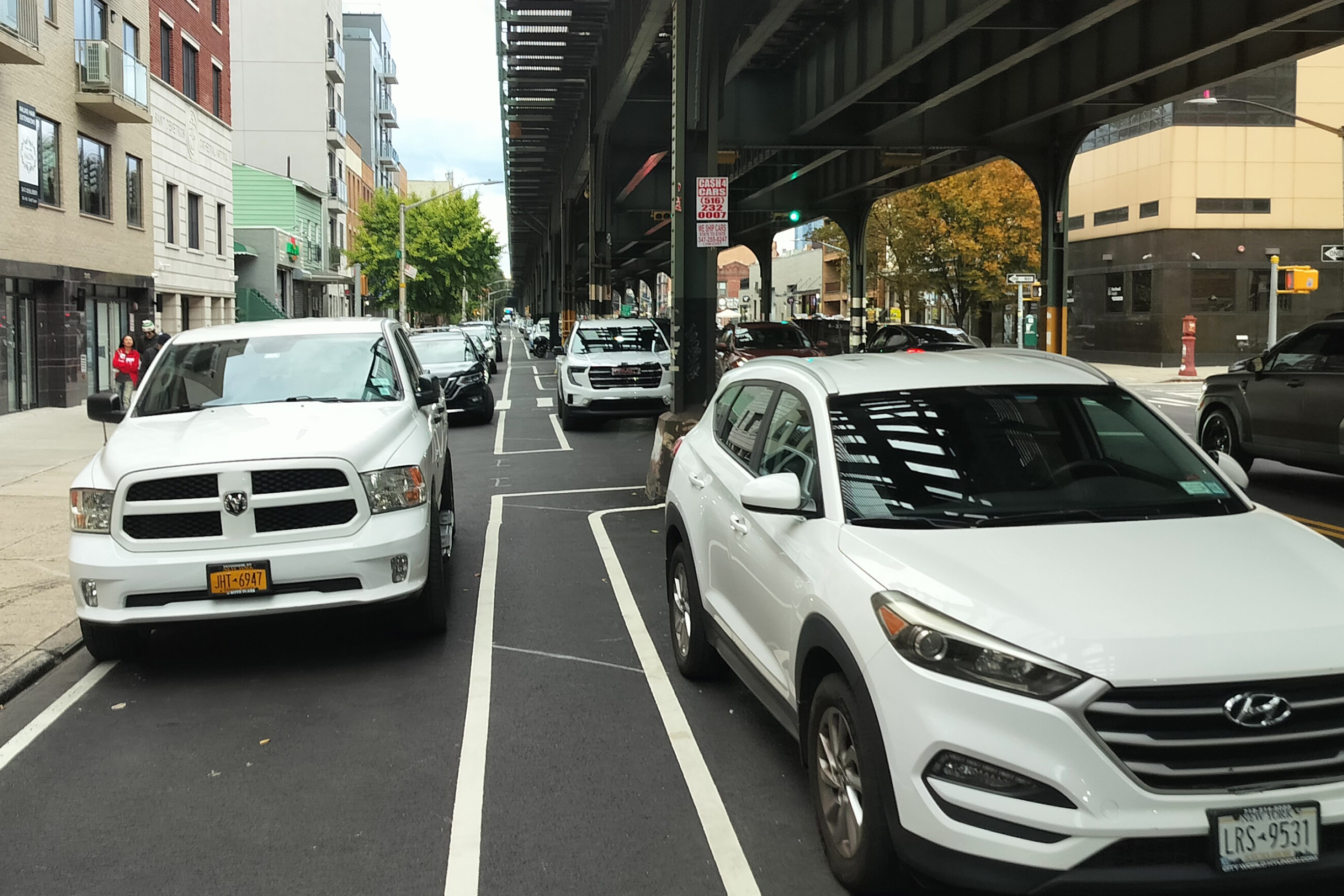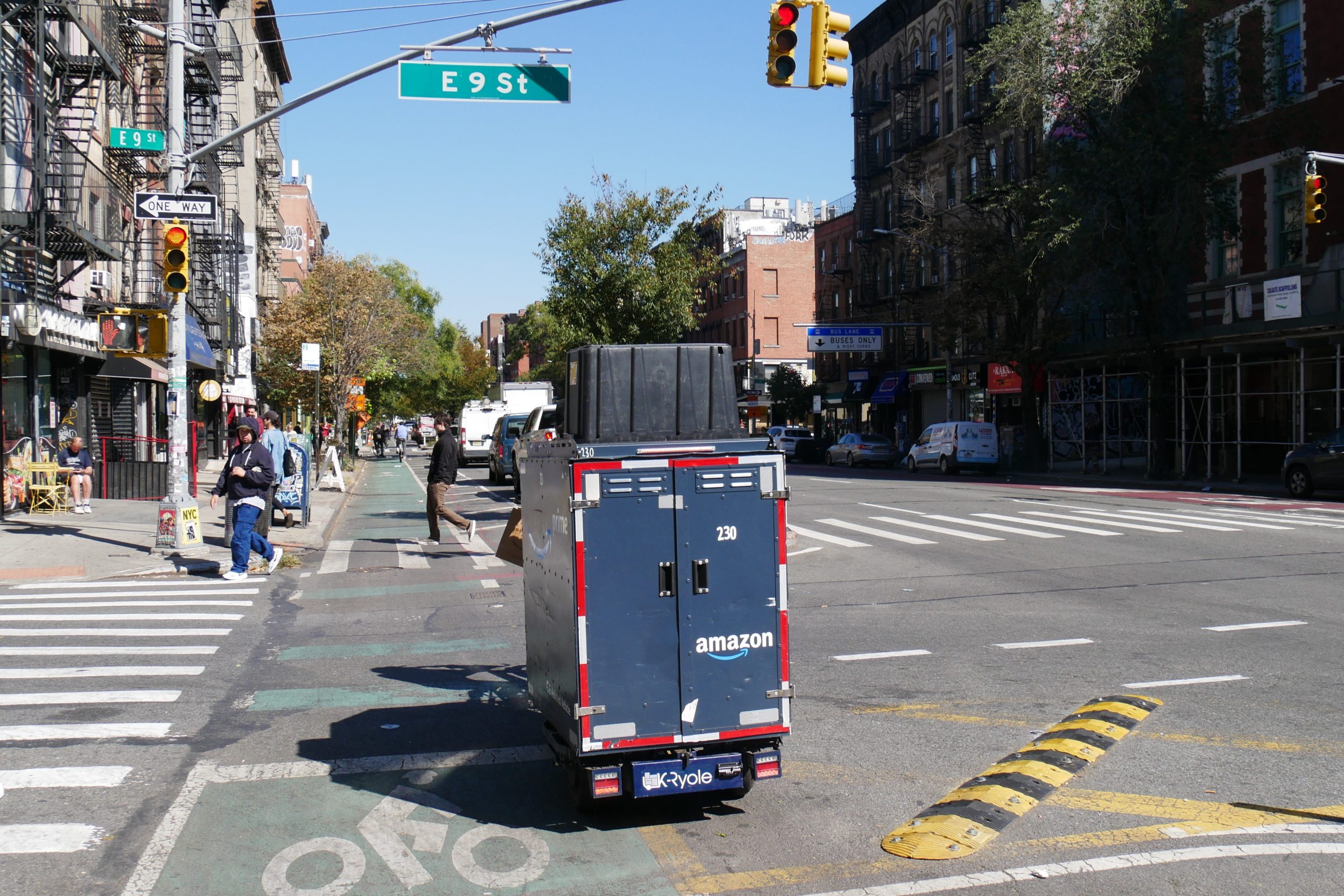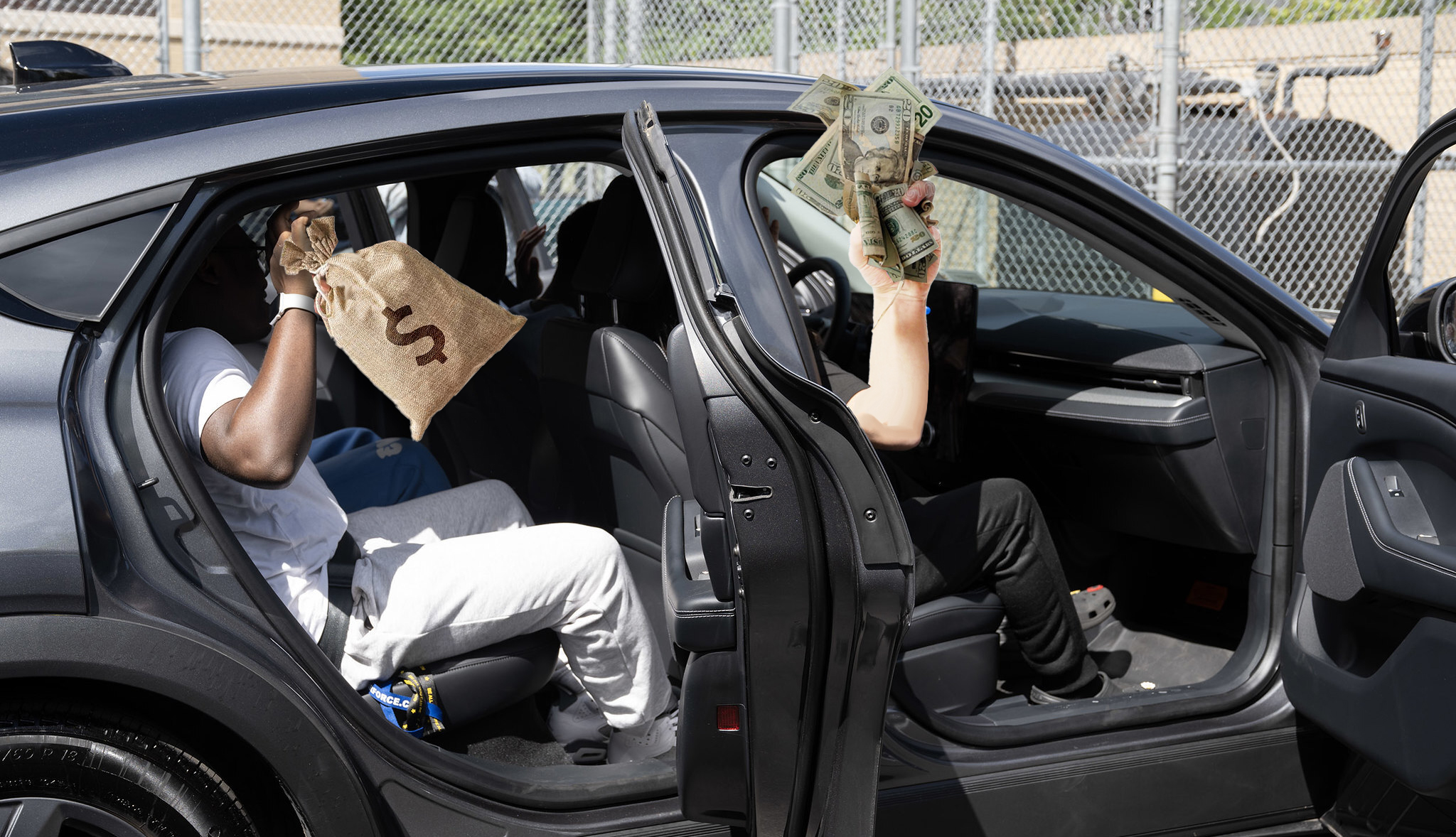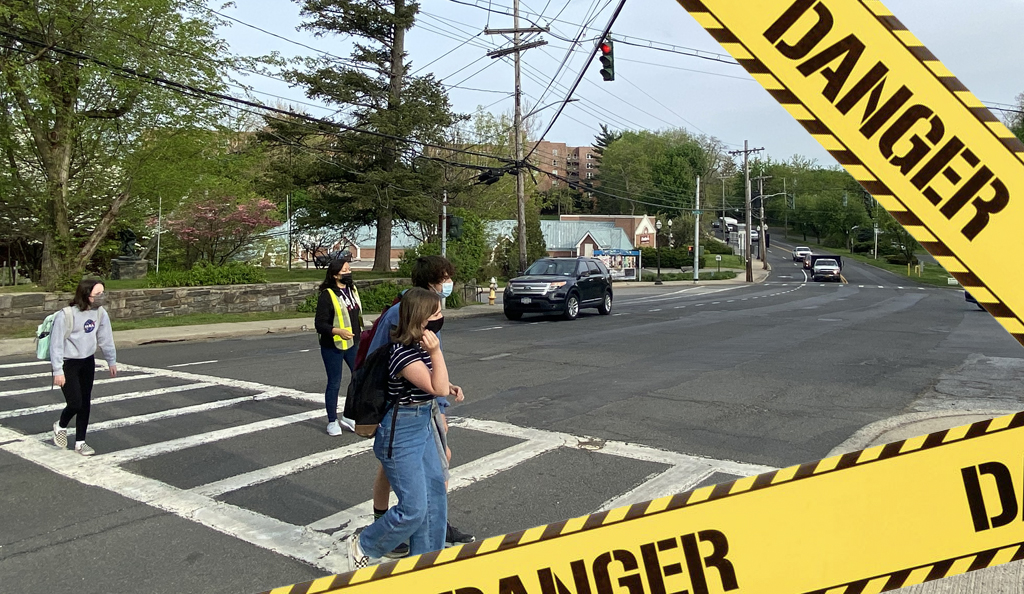With Albany lawmakers unwilling to properly fund the MTA, transportation planners are looking
to plug the gaps that have opened up in the transit network and expand New Yorkers' travel options using existing resources. That's certainly a big part of the thinking behind the Bloomberg Administration's recent decision to expand private van service where bus lines were cut. One of the other ways New York will try to wring more value out of the infrastructure we already have is cab-sharing.
 A sign advertises the TLC's cab-sharing stand at 72nd Street and Third Avenue. Photo: New York Times
A sign advertises the TLC's cab-sharing stand at 72nd Street and Third Avenue. Photo: New York TimesCan the city's 50,000 licensed livery vehicles better serve New Yorkers stranded by service cuts and help keep streets from getting more clogged with private motor vehicles? Both the city government and at least one start-up business are trying to find out.
Since February, the city's Taxi and Limousine Commission has been operating a handful of group-ride stands, where multiple passengers can jump into a cab together. They pay a flat fare and each can be dropped off at different locations, along a route that is loosely defined by the TLC.
For example, the newest group-ride stand is located on York Avenue, between 70th and 71st Streets [PDF]. After each passenger pays $6, the cab drives all the way downtown on the FDR and then lets riders off at locations of their choice between Pearl Street and the World Financial Center. That particular route replaces the MTA's discontinued X90 express bus.
"The goal," said TLC Commissioner David Yassky, "is to expand the capacity of the cab fleet by opening up seats that otherwise would be unoccupied." Group rides have the added benefit, he argued, of providing cheaper rides for passengers while offering more revenue for drivers.
The TLC isn't the only one trying to figure out how to get New Yorkers to share cabs, though. David Mahfouda is the founder of Weeels, a smartphone application that allows New Yorkers to order livery cabs electronically and share rides with other Weeels users. "Sharing offers users a big discount," explained Mahfouda, "and it's also a way to save energy and gasoline."
So far, Weeels is just getting started. It's only available for the iPhone and only connects to one Brooklyn-based livery car company, though the plan is to offer connections to more companies with more technologies, including text messaging. Even so, Mahfouda's ambitions are sizable. "Ultimately," he said, "the idea is to create a new kind of public transit system out of existing infrastructure."
If cab-sharing takes off -- Yassky admitted that group rides still aren't popular, though he hopes new locations, like the airports, will jumpstart the program -- it could help cut traffic on New York City's streets, but the potential effects are tough to predict.
Yassky thinks that cab-sharing, by reducing the price of a ride, would attract more people to take cabs. "My gut instinct, I think it will expand the market for taxi service in the way that credit cards did," he said. If that's so, one question is how those new riders would have gotten around otherwise. Are they switching from buses and trains or ditching their cars? Neither Yassky nor Mahfouda was willing to speculate.
Regardless, Yassky expects that cab-sharing, by expanding transportation options for car-free New Yorkers, could ultimately help reduce congestion. "That's the overall goal here," said Yassky, "to make each component of the transit network as inexpensive and convenient as it can be, so that people won't be driven into using private automobiles."
That both the public and private sectors are looking at cab-sharing right now is no coincidence. "In an era where the subways and buses aren't able to do everything we'd like to see them doing," argued Yassky, "the need for the taxi and car service segment to step up to the plate gets greater and greater." With transit service shrinking and expensive infrastructure improvements seemingly out of reach, cabs may have to pick up some of the slack. Yassky said this would happen bit by bit over a period of years. For example, the first five commuter van routes will open in late August or early September.
The TLC's approach, therefore, actually makes cabs function a little bit more like traditional transit, with fixed routes and fares. "It enables taxis to occupy even more fully their niche in the transit network," said Yassky.
That's where the digital approach to cab-sharing has an advantage, argued Mahfouda. "They've missed an opportunity," he said, "insofar as they ended up routing taxis as they would buses." The whole advantage of taxis, Mahfouda argued, is that they are responsive, driving the exact route you want, when you want. Both Mahfouda and Yassky praised the other's approach to cab-sharing, though, calling them complementary.





